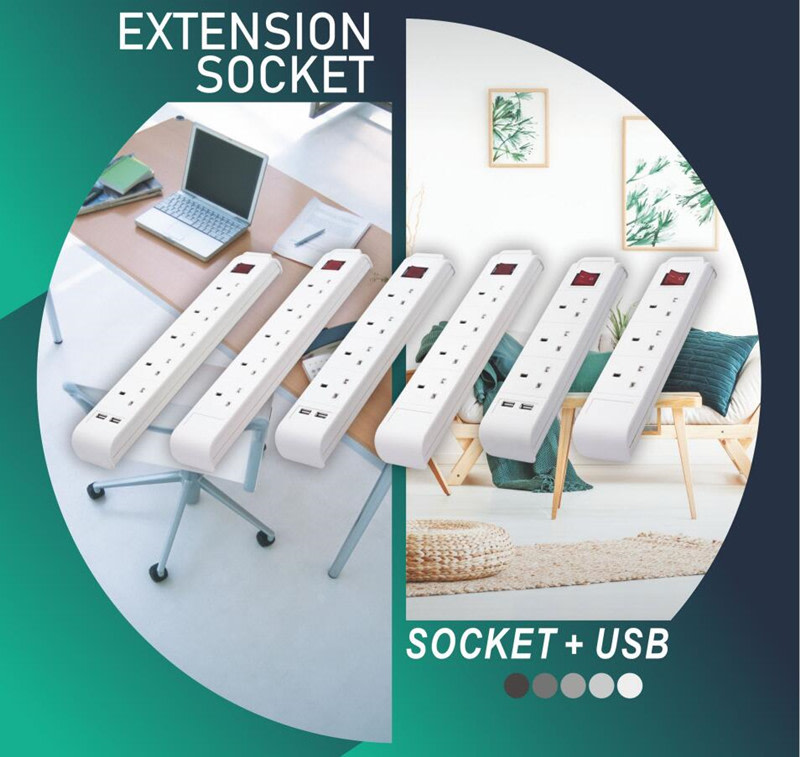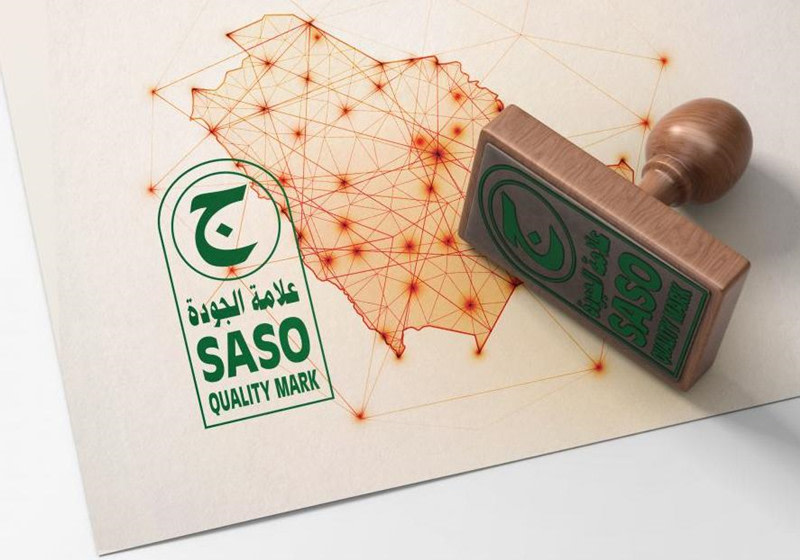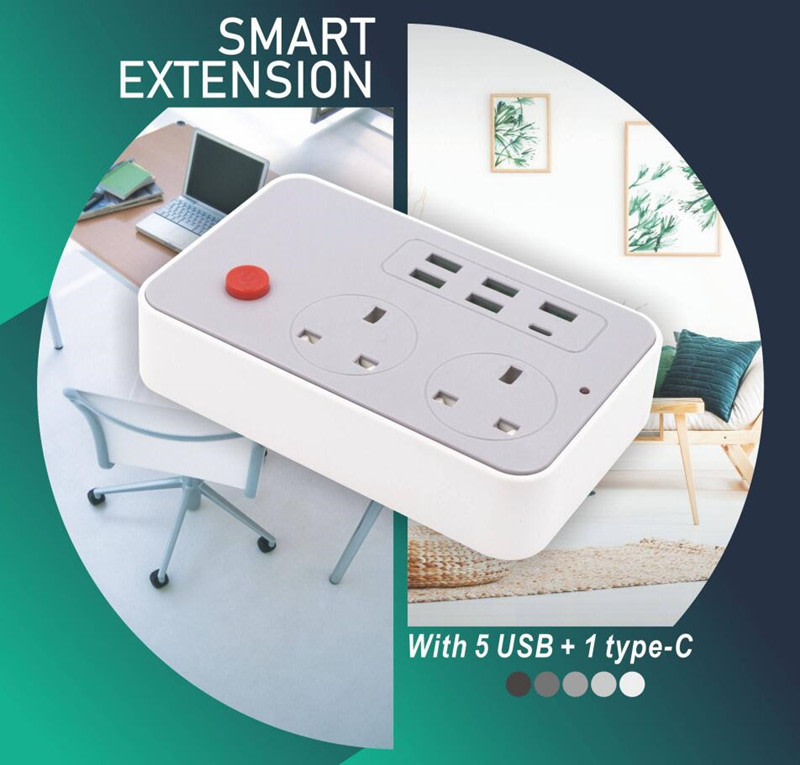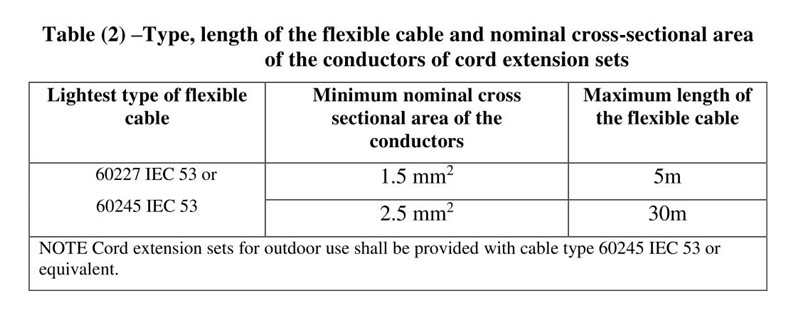Many Saudi customers have recently asked about the latest version of SQM and this article today explains in detail the aspects of the extension cord socket standard SASO 2815:2021 that we need to focus on.

Before we go into the details, let's go through the official Saudi requirements for SQM at different points in time.
Our knowledge of SQM stems from the fact that in 2020 Saudi Customs began to require an SQM quality mark for electrical and electronic products, which is used to certify that the product complies with SASO standards and is manufactured in a factory with an effective management system to ensure continued compliance. This certification is based on the ISO/IEC 17067 Class 5 certification system and applies to both imported and locally manufactured products in Saudi Arabia.
From August 2020, it will be compulsory for the export of extension sockets, to meet the requirements of the Saudi standard SASO 2815 and to obtain the Saudi Quality Mark SQM in order to enter the Saudi market.

On 20 August 2021, the latest version of SASO 2815:2021 was officially announced, replacing the old SASO 2815:2010, and will be mandatory on 20 February 2022. In the meantime, companies that have already obtained an SQM should update the standard version of their certificate in order to maintain the validity of the certificate.
By combing through the above, we can see that extension sockets must now be quality controlled in strict accordance with SASO 2815:2021 and meet the relevant testing requirements. So, what are the new requirements for extension sockets in comparison to the old standard? Here we analyze them in three parts.
The main changes to the specific test conditions in the old and new versions.
The standard has been updated from being close to IEC 60884-1 to referencing BS 1363-2 for most of its provisions. The updated test conditions have been significantly changed in three main areas: temperature rise test conditions, socket jack test conditions and extension cord socket switch test conditions, as follows.
Temperature rises test conditions change
1. The rated current value of the extension socket is 13A
2. Experimental current for temperature rise test reduced from 16A to 14A
3. The test period has been extended to more than 4 hours
4. The temperature rise limit for current carrying components has been extended from 45K to 52K
Changes in socket jack conditions
1. The number of tests for normal operation of the socket section has been increased from 5,000 to 15,000.
2. Change in conditions for extension socket switches
3. If the extension socket is equipped with a switch, the switch is tested in accordance with BS1363-2 and does not need to pass the additional test related to appliance switches.

This shows that the new regulations are more stringent with regard to the periodicity and lifetime of the tests.
Requirements of the new version of the standard specification structure
The structural requirements of extension sockets are also a point of focus and the new version of the standard requires special attention to the following aspects.
1. Extension sockets must be equipped with an overload protector, the rating of which must be consistent with that of the extension socket.
2. The rated current of the fuse in the plug must not exceed 13A.
3. Extension cord sockets must have a double pole switch, if any.
4. Extension cord sockets must have a protective door
5. Extension cord sockets shall not exceed 5m in length when equipped with 1.5mm square wiring and 30m in length when equipped with 2.5mm square wiring.

Regarding the above requirements on the structure, the new version of the standard further clarifies the data and necessary conditions for details. Both purchasers and suppliers need to check themselves on their products and change the structure that is not in line with the new regulations. By this are overload protectors, rated currents, protection gates and length limits under different sizes of wiring.
Requirements for component certification in the new version of the standard
In addition to the structural aspects of the appeal, the requirements of the new regulations for components should not be overlooked. The first is that the rating of the overload protector needs to match the rating of the extension socket and requires that the overload protector requirements comply with SASO IEC 60934. If the extension socket is equipped with a switch, the switch must be a double pole switch, the switch section must be double pole and the switch section must be tested and checked in accordance with the relevant requirements in BS1363-2.
Finally, if the extension socket is equipped with a USB charging port or surge protection device, the charging port and surge protection device need to comply with the requirements of Appendix I in BS 1363-2 and the USB section needs to comply with the requirements of BS EN 62368-1 and BS EN 62680-1-1. It is worth noting that extension sockets with USB ports will also need to pass the EMC test required by BS EN 61000-6-1 and BS EN 61000-6-3.
The above analysis shows that there is still a big difference between the old and new versions, so the update cycle will be longer. Purchasers need to communicate with their suppliers about the SQM situation in a timely manner. If you are an OEM, you should be aware of the update cycle to avoid uncontrollable order delivery times. For more updates on SQM, please visit our official website https://www.hbsocket.com/.